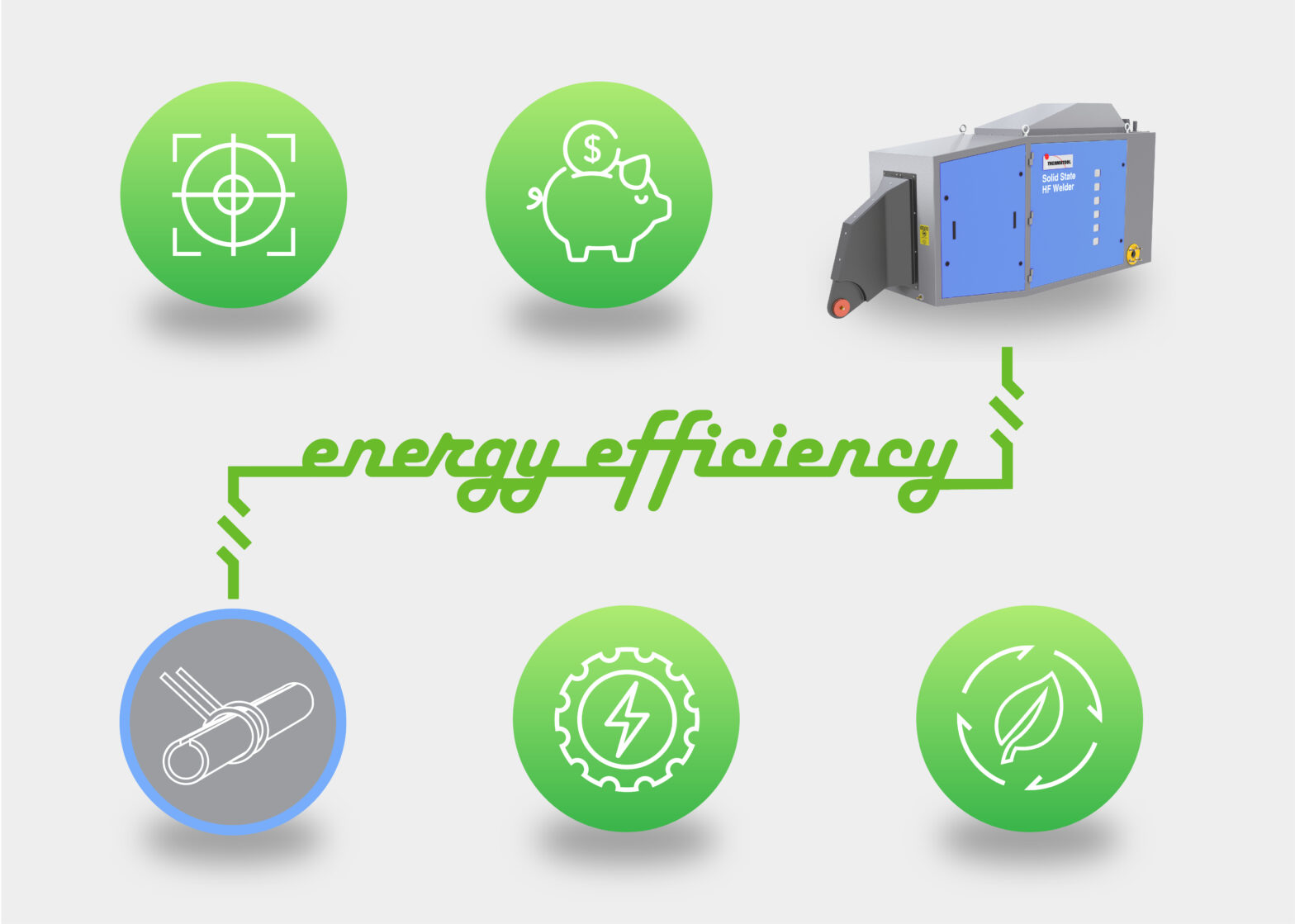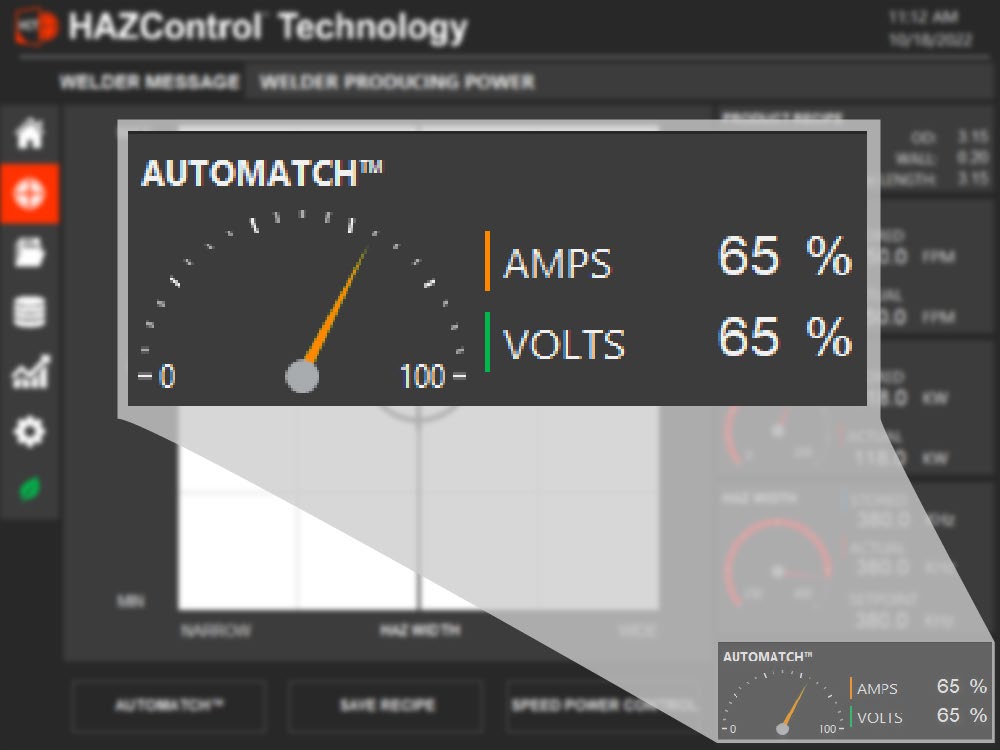
This article will define the fundamental meaning of energy as it relates to high frequency (HF) tube and pipe welding. It is important to distinguish HF welding from arc welding processes, as the energy in these processes will have a slightly different meaning. For example, most are familiar with arc energy (AE), which is a measure of how much energy was applied to the workpiece to form a weld in arc welding processes.

To define what energy is used in HF welding, let us first define what energy is in electrical terms. Energy is often defined as the total amount of work done to make current flow through an electrical circuit. The basic unit of electrical energy is the joule or watt-second. Electrical energy is said to be one joule when a current of one ampere flows through a circuit for one second when a potential difference of one volt is applied across it. The commercial unit of electrical energy is the kilowatt-hour (kWh).
When we talk about HF welding, it is often noted that power and frequency are the key process parameters. The term “frequency” has a fairly straightforward meaning; however, power can have many definitions depending on the process. Let us first define what power means and how it relates to energy, and only then can we define the power associated with the HF welding process.
To receive a copy of the complete technical paper please complete the form below: